The Essence of Tactile Stimulation
What is Tactile Stimulation?
Tactile stimulation is the activation of the sense of touch. We often overlook this primary human sensation, but it plays a crucial role in our everyday lives, especially for those in memory care. Engaging the sense of touch can awaken memories, stimulate neural pathways, and offer comfort.
Importance in Memory Care
For individuals with Alzheimer’s or other forms of dementia, tactile stimulation provides a powerful tool. It can aid in maintaining or even regaining some cognitive functions. Westmont of Chico, based in Chico, CA, recognizes its significance and utilizes tactile stimulation to improve the well-being of its residents.
The Brain and Touch
When we experience tactile stimulation, the sensory neurons in our skin relay messages to our brain. For those in memory care, this simple act can improve mood, reduce agitation, and a sense of connection to the surrounding world.

Innovative Tools for Tactile Stimulation
Introducing Fidget Quilts
Fidget quilts, or activity blankets, have various textured fabrics and objects attached. These can range from buttons to ribbons and other small items. The purpose? To provide a hands-on experience that encourages tactile exploration.
Sensory Boards – A World of Exploration
Sensory boards are flat panels with a variety of objects and textures attached. They can include items such as locks, zippers, and different fabric types. Much like fidget quilts, they offer an array of tactile experiences designed to engage and stimulate.
The Beauty of Nature
At Westmont of Chico in Chico, CA, nature plays a vital role in tactile stimulation. The surroundings allow residents to feel the bark of trees, the smoothness of leaves, and the grit of sand, all providing natural and therapeutic tactile experiences.
Implementing Tactile Stimulation in Daily Care
Personalizing the Experience
No two individuals are the same, so their tactile needs might differ. It’s essential to observe and understand what resonates most with each person. Some might find solace in the softness of a plush toy, while others might prefer the rough texture of a wooden object.
Safety First
Safety is paramount when introducing tactile tools like fidget quilts or sensory boards. Ensure that all items are securely attached and that no small parts can be swallowed. Regular inspections and cleaning are also essential to maintain a hygienic environment.
Training Caregivers
Properly trained caregivers can make all the difference. At Westmont of Chico, the staff undergoes comprehensive training to effectively use tactile stimulation tools, ensuring that residents receive the best possible care.
Discover the level of care you or your family member requires. What Level of Care Do You Need?
The Proven Benefits
Enhanced Memory Retrieval
Engaging the sense of touch can trigger memories. A familiar texture or object can spark recollections from the past, providing moments of clarity and connection for those in memory care.
Mood Improvement
Tactile stimulation has been shown to reduce feelings of anxiety and agitation. The simple act of touching can create a sense of calm, making it an invaluable tool in memory care settings.
Strengthening Neural Connections
The brain thrives on stimulation. Regularly engaging the sense of touch can strengthen neural connections, potentially slowing the progression of cognitive decline.
Real-Life Applications and Success Stories
Tales from Westmont of Chico
At Westmont of Chico in Chico, CA, tactile stimulation has been instrumental in memory care. Residents often share stories of how fidget quilts or sensory boards have made their days brighter and more engaging.
Mary’s Transformation
One memorable story is that of Mary, a resident who often seemed distant and unengaged. Her demeanor changed when she was introduced to a fidget quilt designed with textures from her childhood. She began interacting more, her mood brightened, and her recollections became more frequent.
Tom’s Connection to Nature
Tom, another resident, always loved nature. The Lodge’s natural surroundings offered him a tactile playground. Through guided nature walks, he could connect with the textures of the outdoors, reigniting his passion and zest for life.
Preparing for the Tactile Journey
Starting at Home
Beginning tactile stimulation at home can be beneficial for families with loved ones in the early stages of memory conditions. Simple items like fabric swatches, sandpaper, or even kitchen utensils can be explored safely under supervision.
Recognizing the Right Time
While tactile stimulation can be beneficial, it’s essential to recognize when an individual might be overwhelmed. Observing their reactions and giving them space when needed ensures a positive and therapeutic experience.
Embracing Change and Adaptability
The journey with memory conditions is ever-evolving. Adapting to changes and being open to new tactile experiences can bring joy and engagement in unexpected ways.
The Future of Tactile Stimulation in Memory Care
Research and Development
The field of memory care is constantly advancing. As more research emerges, businesses like Westmont of Chico remain at the forefront, eager to implement new tactile techniques and tools that can further benefit their residents.
Integrating Technology
With the rise of technology, there’s potential for integrating virtual and augmented reality into tactile experiences. Imagine a world where residents can “touch” and “feel” distant places or past memories, bridging the gap between reality and recollection.
Building Stronger Communities
Tactile stimulation isn’t just about individual experiences. Group activities involving touch can foster connections, build relationships, and create a stronger sense of community among residents.
Conclusion
Tactile stimulation, from fidget quilts to sensory boards, has undeniably cemented its place in the realm of memory care. At Westmont of Chico in Chico, CA, the commitment to harnessing the power of touch is evident, resulting in improved lives and happier memories for its residents.
Let Us Guide You
If you’re seeking guidance on tactile stimulation for a loved one or wish to learn more about our methods and success stories, we’re here to help. Call us at 530-894-5429. Together, let’s touch the future of memory care.









